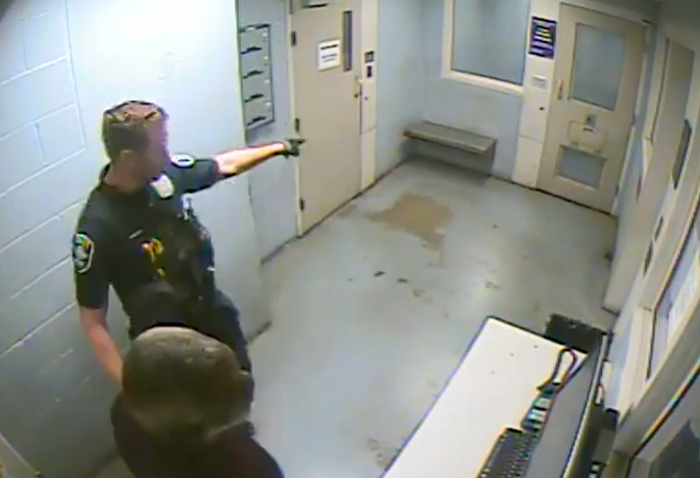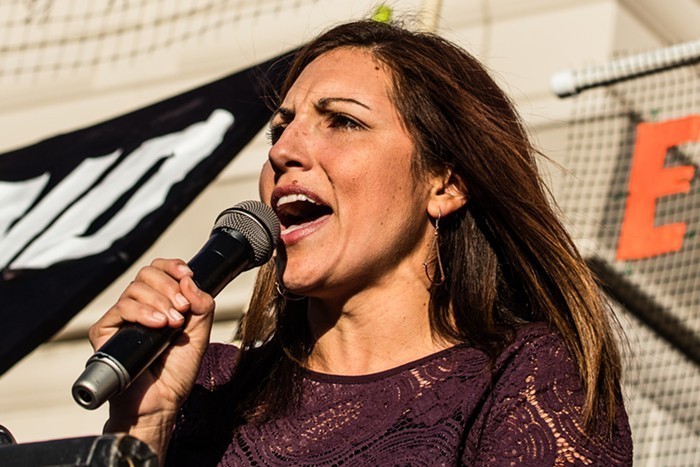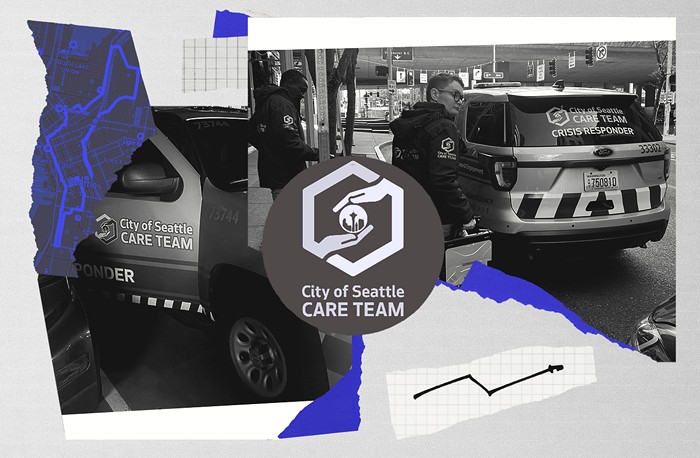
Two Saturdays ago, during the "Paddle in Seattle" protests against Arctic drilling and the Port of Seattle's secret negotiations with Shell, a security guard told two photographers they were not allowed to take pictures of port property.
"No pictures," she insisted through a chain-link fence on the south side of Terminal 5 as another photographer—who'd pulled up in a car—and I tried to take snapshots of the Polar Pioneer oil rig.
"Why?" I asked. "Is that just while the rig is in town or is that a standing policy?"
"It's standing policy for Terminal 5," she said.
But there is no such policy, according to Port of Seattle security manager Russ Read. "Taking a picture through chain link from a public location—there's not a thing wrong in the world with that," he said. He added that security guards can be "overzealous" and that "a lot of times people don't know the lines."
Port security guards not knowing the rules they're supposed to enforce is a problem—and their enforcement of imaginary rules that infringe on First Amendment-protected news-gathering activity is an even bigger problem.
Doug Honig, a spokesperson for the American Civil Liberties Union, says agencies are responsible for making sure their officers in the field understand photography restrictions—and have had to pay restitution when they screw up. In 2007, local resident Bogdan Mohora received $8,000 in compensation after being detained by Seattle police for photographing an arrest. The following year, the City of Snohomish paid UW professor Shirley Scheier $8,000 after she was arrested for taking photos of power lines for an art project.
"I cannot answer to each individual person out there," Read said. "Some of them are contract security guards. They try to do a very good job at what they do—thinking, rightly so, they've been hired to protect the assets of the port or its tenants."
Read, a photographer himself, says security personnel have broad discretion to approach and question any behavior they consider "suspicious" or "anomalous."
"It's not the presence or use of a camera that gets our attention," he said. "It's the behavior of the photographer. If you're taking a picture of the Seattle skyline, acting like a tourist—great, take lots of pictures of our city."
Read says that if a photographer looks "nervous" or seems more interested in infrastructure and personnel than vistas and sunsets, that may draw the attention of security guards.
And if a photographer is confronted by a security guard? "If I were confronted in a similar situation," he said, "I'd ask why. How you say the words you use can escalate or deescalate a situation."
Read also said that Foss, the Terminal 5 tenant hosting the Shell rig, may have its own policies, but that he would contact all security personnel to remind them the port does not prohibit photography.


















